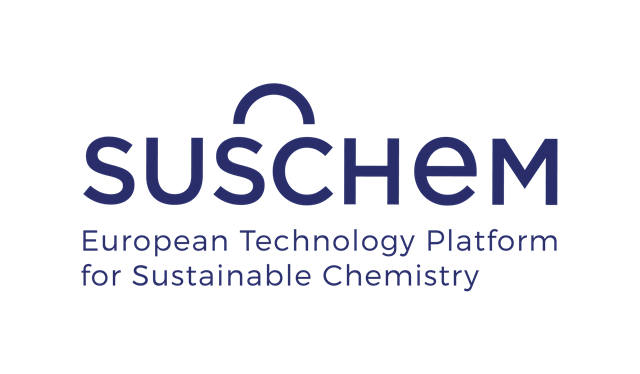The combined 10th European Congress of Chemical Engineering, 3rd European Congress of Applied Biotechnology and 5th European Process Intensification Conference is the perfect venue to present the R4R findings.
The R4R workshop will gather policymakers, regional experts, captains of industry and academia to hear the key learnings from the project and provides an excellent discussion forum to exchange and discuss ideas on how chemical and related industries along their various chemical value chains can be transformed into eco-efficient, high-technology solution providers – and a key enabling element of the circular economy.
At the R4R workshop you can:
- Learn about the role of regions in promoting resource efficiency
- Discuss with policy makers, industrial players, entrepreneurs and academia during our networking breaks
- Engage in discussions during dedicated panel debates with mentors from R4R's four flagship initiatives to implement recommendations for a resource efficient Europe
- Hear about resource efficiency success stories with keynote speeches from representatives from R4R's six European regions
- Explore our exhibition space
- Shape future prospects for the R4R flagship initiatives including topics such as industrial symbiosis, education and bio-based SMEs.
A complete overview of the workshop will be available soon, but the draft agenda is available now.
Register now!
To register for the R4R workshop you need to register for the entire ECCE 10 + ECAB 3 + EPIC 5 conference that takes place from 26 September to 1 October. A special Early-Bird rate is offered for the first 150 persons who register at this link! The discount code is: ECCE-CEFIC1
The full ECCE 10 + ECAB 3 + EPIC 5 conference programme can be accessed here.
For more information, please contact Jacques Komornicki, Cefic Innovation Manager. We look forward to seeing you in September in Nice!
About R4R
Under the Chemical Regions for Resource Efficiency (R4R) project, launched in late 2012, six complementary European chemical regions came together to overcome fragmentation and create a platform for international collaboration on resource efficiency. A Joint Action Plan was developed comprising tools and best practise to improve the triple helix collaboration between the participating regions involving industry, academia and public sector. Find out more at the R4R website.





